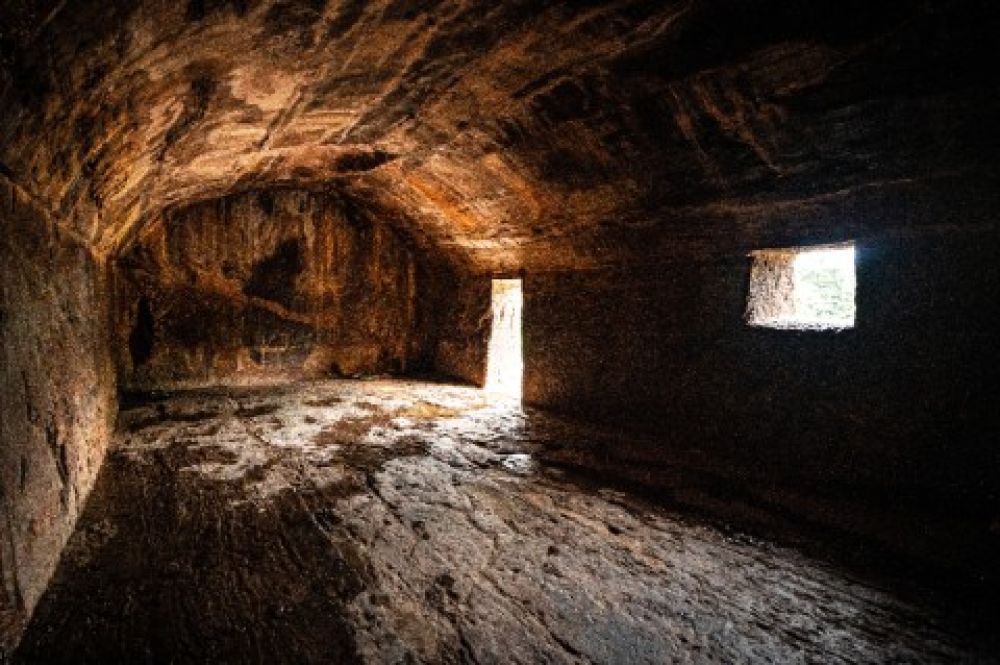

The Son Bhandar Caves in Rajgir, Bihar, are an ancient site steeped in history and have long sparked the interest of historians, archaeologists, and tourists alike. Although relatively lesser known compared to other historical sites, these caves present a fascinating glimpse into India’s rich past.
The Son Bhandar Caves are believed to date back to the 3rd or 4th century AD, attributed to the Jains, and are regarded as one of the earliest examples of rock-cut architecture in Bihar. The name 'Son Bhandar' literally translates to 'store of gold,' and there are legends that suggest these caves once served as a treasury for King Bimbisara of the ancient Magadh Empire—or for the later Jain monks.
The caves consist of two main chambers, each adorned with Jain and Hindu deities' carvings, illustrating the site's religious convergence over time. The caves' walls are also inscribed with inscriptions in the Sankhalipi or shell script, the deciphering of which remains a subject of intrigue among experts.
Tourism at the Son Bhandar Caves has come a long way since their discovery. Initially, the site attracted historians and a small number of pilgrims from the surrounding area. As awareness grew, the caves became a stop on the tourism map for their historical and archaeological significance. The Bihar tourism department, recognizing the potential of the site, gradually bolstered efforts to enhance its accessibility and provide basic amenities for visitors.
In the past, the lack of infrastructure deterred some tourists, but in recent years, steps have been taken to encourage a greater influx of visitors. These include improved roads, signage, and local guide services to educate tourists on the site's significance.
Eco-tourism and sustainable travel have become increasingly prominent in the region around Rajgir. The focus has shifted towards providing experiences that are environmentally friendly and beneficial to local communities. There is also a rising trend in promoting off-the-beaten-path attractions such as the Son Bhandar Caves, combining them with popular spots like the Rajgir hills, hot springs, and the Nalanda University ruins for a comprehensive cultural and historical tour of the area.
Additionally, digital technology has been leveraged to offer virtual tours and augmented reality experiences, which are becoming more popular among those unable to visit in person. With the integration of such technologies, the Son Bhandar Caves have the potential to gain more visibility and interest on global platforms.
In conclusion, the Son Bhandar Caves of Rajgir offer a fascinating journey into the past for those interested in India’s eclectic history. As tourism evolves, the importance of preserving and promoting such sites remains paramount, promising a captivating experience for visitors seeking knowledge, adventure, and spirituality.